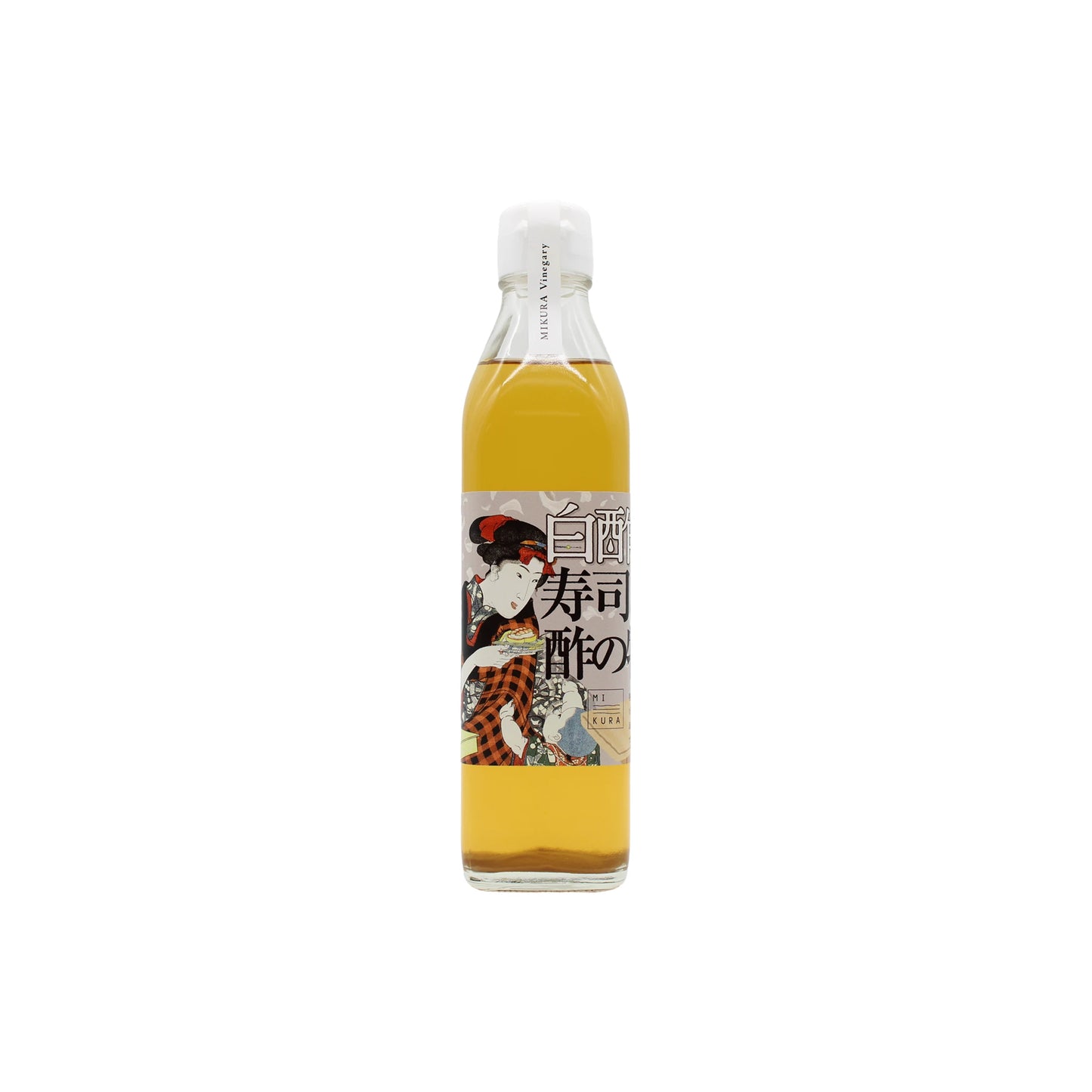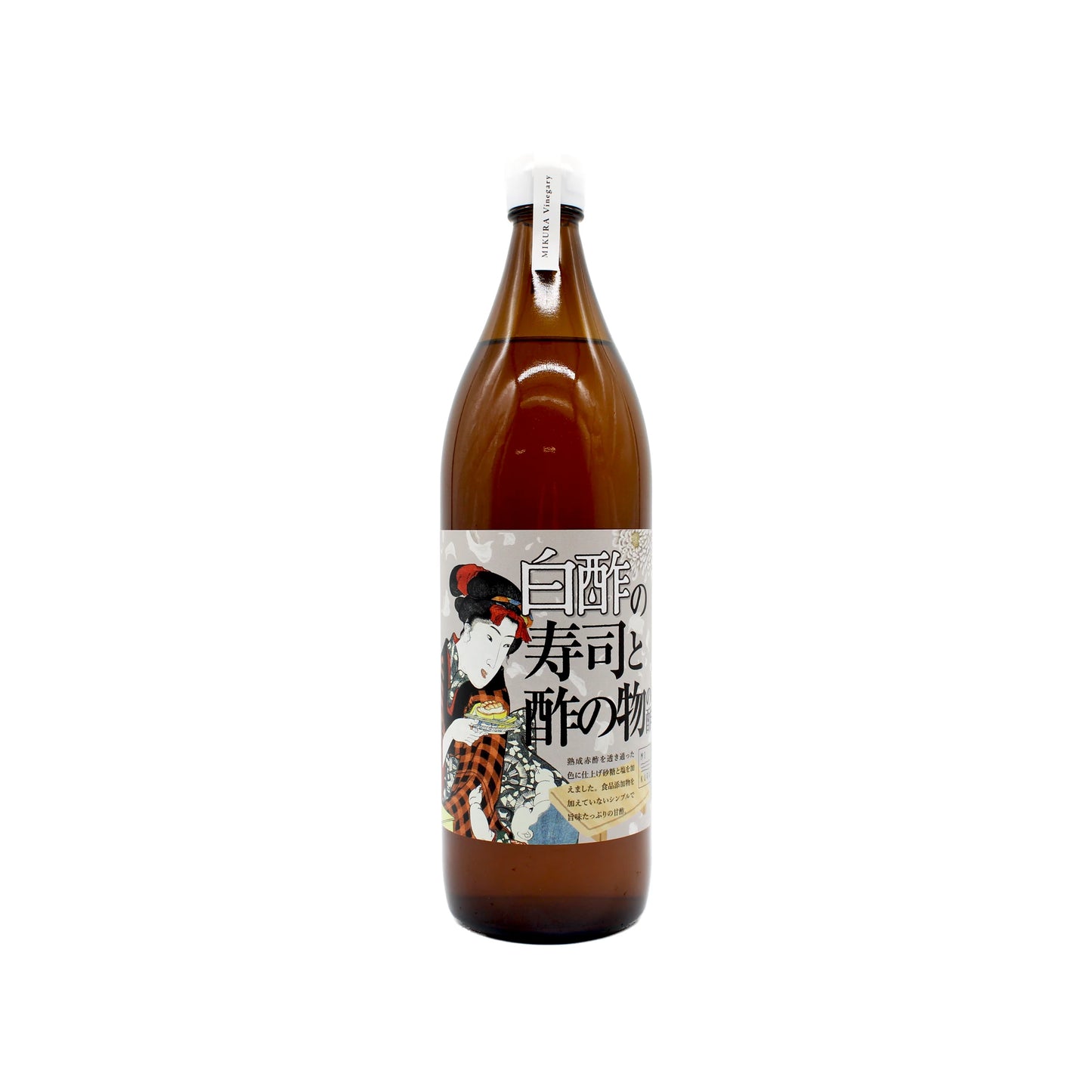A versatile, mild and umami-rich vinegar perfect for elevating sushi rice, creating light and flavourful salad dressings or using in marinades and pickles. The balance of acidity and subtle sweetness, coupled with its traditional production methods, makes it a standout product in both traditional Japanese dishes and modern fusion cuisine.
Sushi Vinegar
Traditional Japanese rice vinegar usually used for seasoning sushi rice can be over sweetened. Using white vinegar instead will balance the rice's natural sweetness and provide a slightly tangy flavour. You can then create your own perfect balance of sweetness using sugar or mirin for a lovely hit of umami which is more refined and subtle when compared to the more one dimensional standard rice vinegar.
This white vinegar has a milder acidity compared to Western white vinegar, making it well-suited for delicate dishes like sushi and salads. Its acidity is subtle, allowing it to enhance flavours without overwhelming the dish.
About Mikura Vinegary
Made in the Mikura Vinegary, a small company of artisanal vinegar makers in the Mie Prefecture, combining natural fermentation techniques with high-quality ingredients.
The rich aroma and depth of flavour of the Mikura vinegars are due to the long fermentation time in traditional wooden barrels. This method of brewing requires time and effort for a relatively small production quantity but the end result is a vinegar which has less acidic irritation and a mellow taste compared to vinegar brewed using faster modern methods.
Each bottle is a celebration of Japanese craftsmanship and attention to detail, offering not only incredible taste but also health benefits thanks to its natural fermentation process.
Store in a cool, dry place away from direct sunlight. Sediment may appear but this does not affect the quality of the vinegar




